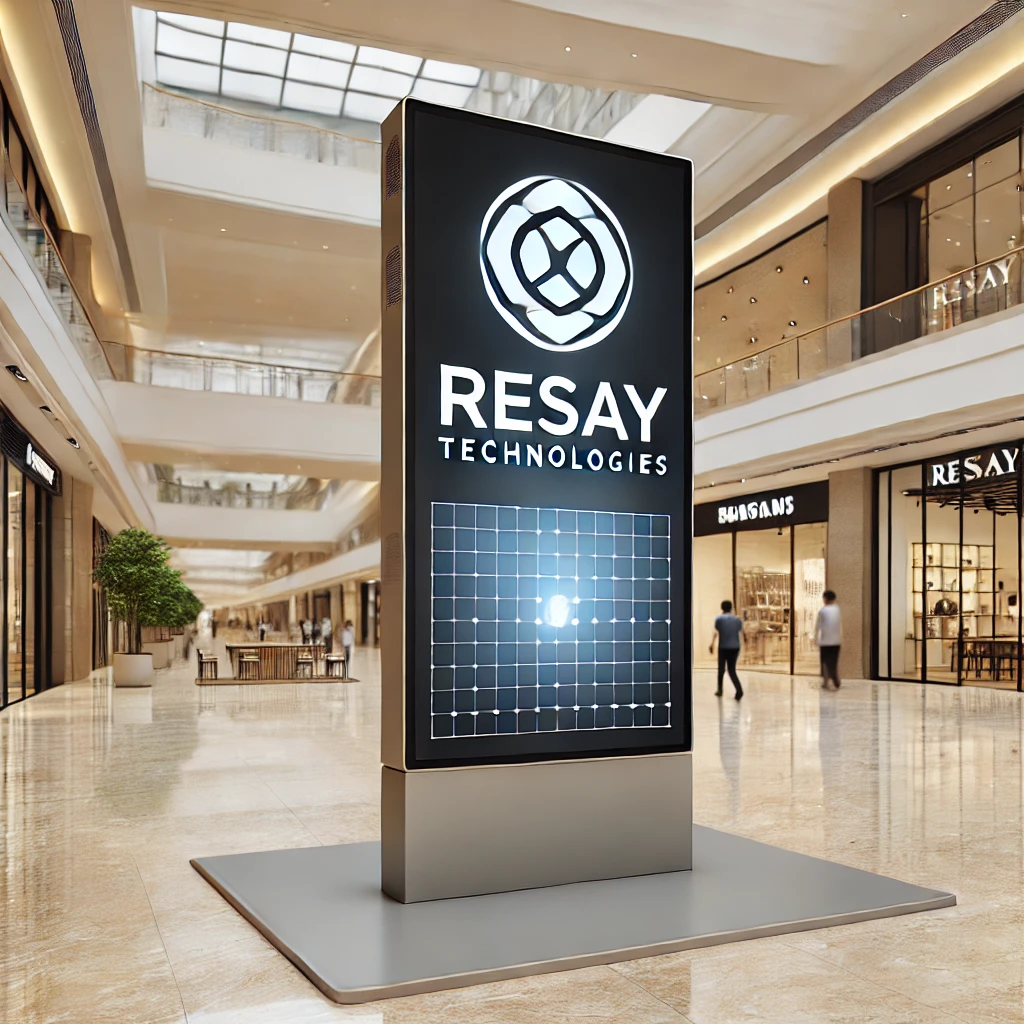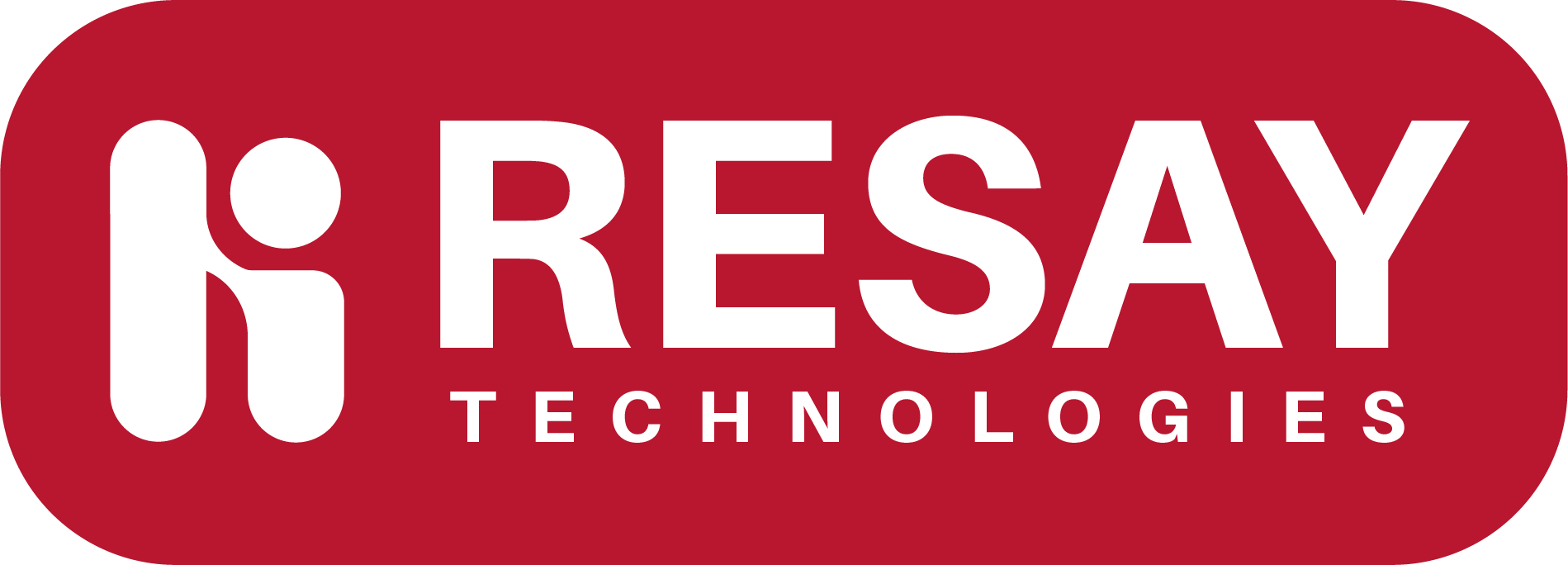Posted by:
Category:
Comments:
Post Date:
Unlocking the Potential of Digital Signage Solutions

In the ever-evolving landscape of digital marketing and communication, digital signage has emerged as a powerful tool for businesses to engage their audience and convey their message effectively. From retail stores and corporate offices to educational institutions and public spaces, digital signage solutions are transforming the way information is displayed and consumed. In this article, we will explore the benefits, applications, and future trends of digital signage, highlighting why it is a crucial component of modern communication strategies.
What is Digital Signage?
Digital signage refers to the use of digital displays, such as LED, LCD, or projection screens, to showcase multimedia content, including images, videos, text, and interactive elements. These displays can be controlled remotely through a content management system (CMS), allowing for real-time updates and dynamic content delivery.
Key Benefits of Digital Signage Solutions
1. Enhanced Engagement
Digital signage captures attention more effectively than traditional static signage. The use of vibrant colors, motion graphics, and interactive elements creates a more engaging and immersive experience for viewers, making it easier to convey messages and promote products or services.
2. Real-Time Updates
One of the standout features of digital signage is the ability to update content in real-time. Businesses can instantly change their displays to reflect new promotions, announcements, or events, ensuring that the information is always current and relevant.
3. Cost-Effective
While the initial investment in digital signage technology can be significant, it often proves to be cost-effective in the long run. Traditional signage requires printing and distribution, which can be costly and time-consuming. Digital signage, on the other hand, allows for easy and quick content changes without additional printing costs.
4. Improved Customer Experience
Digital signage can enhance the customer experience by providing useful information, entertainment, and interactive features. In retail environments, for instance, digital displays can offer product information, promotions, and wayfinding assistance, making the shopping experience more enjoyable and efficient.
5. Versatility
Digital signage solutions are incredibly versatile and can be used across various industries and applications. Whether it’s for advertising, informational purposes, or interactive kiosks, digital signage can be tailored to meet specific business needs and objectives.
6. Analytics and Insights
Digital signage systems can be integrated with analytics tools to track viewer engagement and gather valuable data. This information can help businesses understand audience behavior, measure the effectiveness of their content, and make informed decisions to optimize their digital signage strategy.
Applications of Digital Signage Solutions
1. Retail
In the retail sector, digital signage is used to enhance the shopping experience, drive sales, and promote brand loyalty. Digital displays can showcase product information, highlight promotions, and create immersive in-store experiences that attract and retain customers.
2. Corporate Communications
Digital signage is an effective tool for corporate communications, providing a platform for internal announcements, employee recognition, and real-time updates. It can also be used in conference rooms and lobbies to display company news, upcoming events, and welcome messages for visitors.
3. Education
Educational institutions use digital signage to improve communication with students, faculty, and visitors. Digital displays can provide important announcements, event information, and wayfinding assistance on campuses, enhancing the overall educational experience.
4. Hospitality
In the hospitality industry, digital signage is used to inform and entertain guests. Hotels, resorts, and restaurants can use digital displays to provide information about services, amenities, and events, as well as offer interactive features such as digital menus and self-service check-in kiosks.
5. Healthcare
Healthcare facilities leverage digital signage to improve patient communication and streamline operations. Digital displays can provide wayfinding assistance, appointment reminders, and health information, contributing to a better patient experience and more efficient facility management.
6. Transportation
In transportation hubs such as airports, train stations, and bus terminals, digital signage provides real-time information on schedules, delays, and directions. These displays help passengers navigate the complex transportation systems and stay informed about their travel plans.
Future Trends in Digital Signage
As technology continues to advance, digital signage solutions are expected to evolve with new features and capabilities. Here are some future trends to watch for:
1. Interactive and Touchscreen Displays
Interactive and touchscreen displays are becoming increasingly popular, allowing users to engage directly with the content. These displays can provide personalized experiences, gather user input, and offer a more engaging way to interact with information.
2. Integration with Artificial Intelligence (AI)
AI integration will enable digital signage to deliver more personalized and contextually relevant content. AI algorithms can analyze data such as demographics, location, and behavior to tailor messages and promotions to specific audiences.
3. Augmented Reality (AR) and Virtual Reality (VR)
AR and VR technologies will add new dimensions to digital signage, creating immersive experiences that captivate viewers. Businesses can use AR and VR to showcase products, provide virtual tours, and offer interactive content that goes beyond traditional displays.
4. Higher Resolution and Advanced Display Technologies
Advancements in display technology will lead to higher resolution screens with better color accuracy and brightness. OLED and MicroLED displays, for example, offer superior image quality and are becoming more accessible for digital signage applications.
5. Cloud-Based Solutions
Cloud-based digital signage solutions provide greater flexibility and scalability. Businesses can manage their content remotely, deploy updates across multiple locations, and integrate with other cloud services for seamless operations.
Conclusion
Digital signage solutions are revolutionizing the way businesses communicate and engage with their audience. With their ability to deliver dynamic, real-time content, digital signage systems offer numerous benefits, including enhanced engagement, improved customer experience, and cost savings. As technology continues to advance, the future of digital signage looks promising, with new trends and innovations set to further enhance its capabilities.
By understanding the benefits and potential applications of digital signage, businesses can make informed decisions and leverage this powerful tool to achieve their marketing and communication goals. Embrace the future of digital signage and unlock new possibilities for your business.
